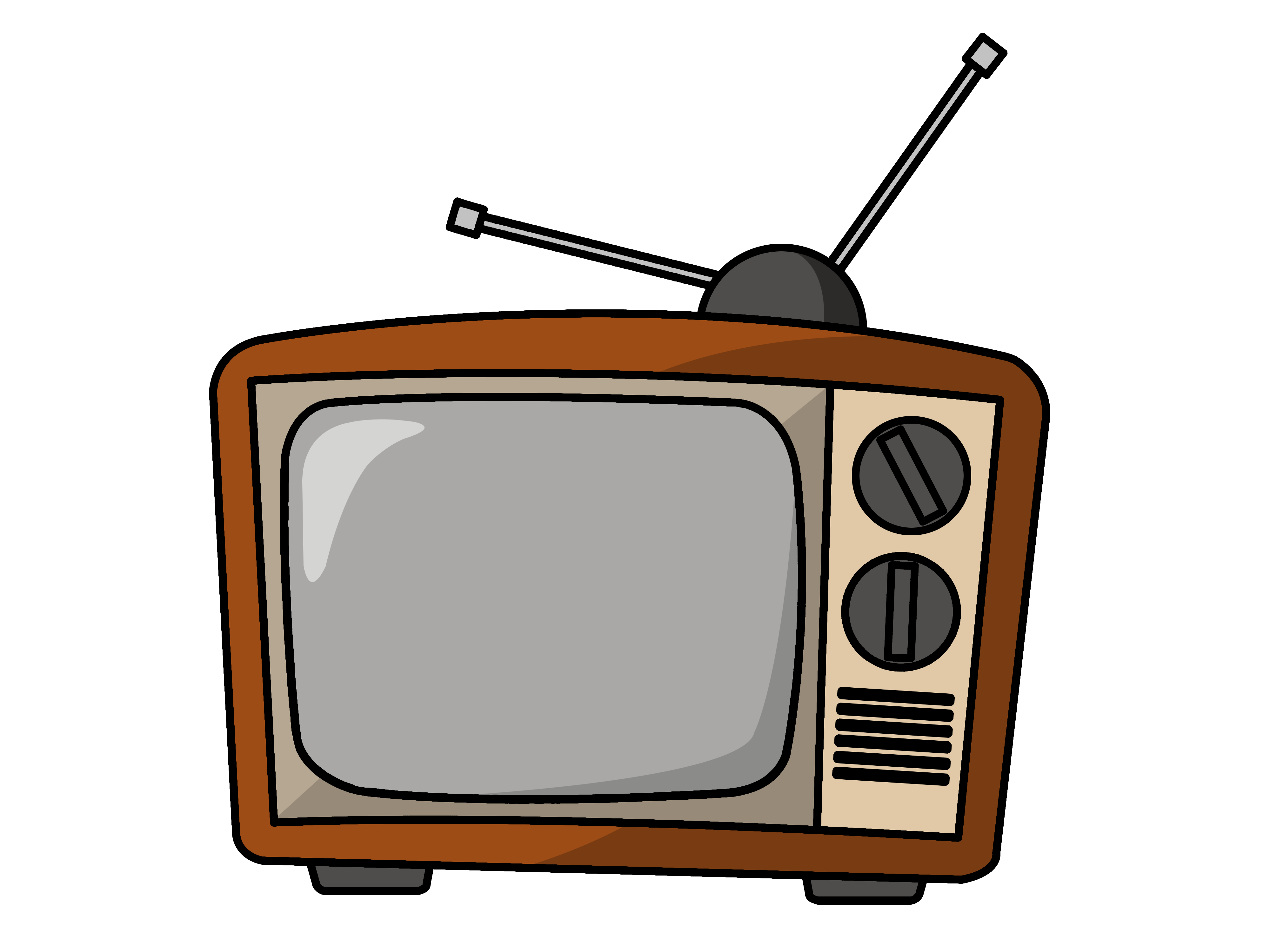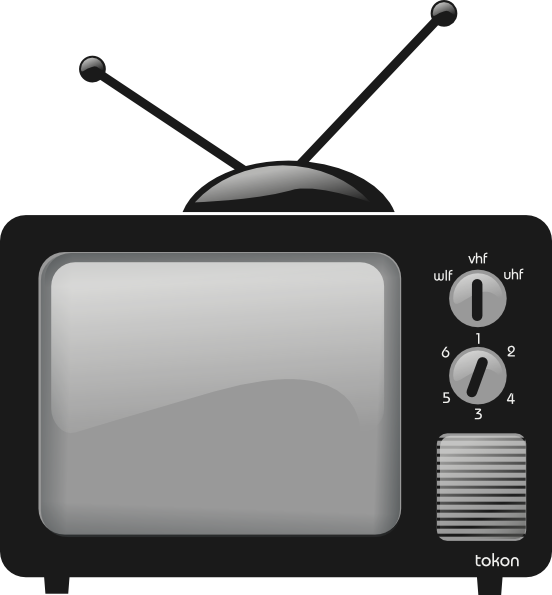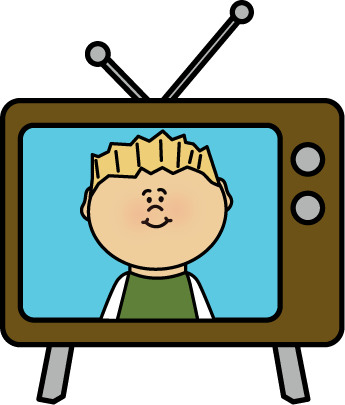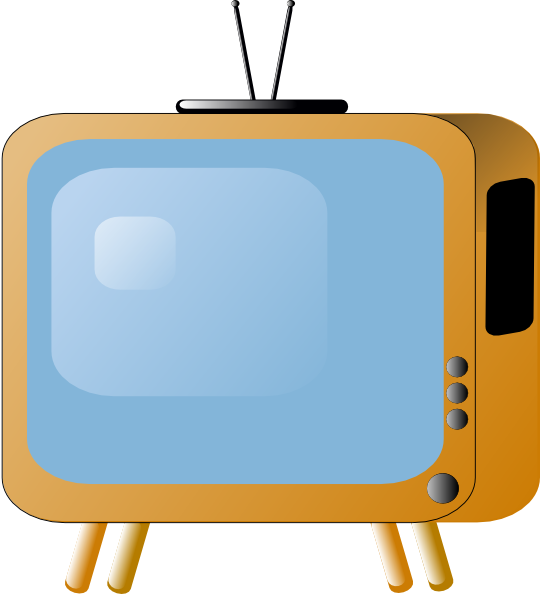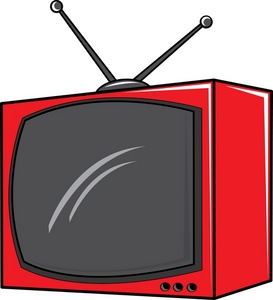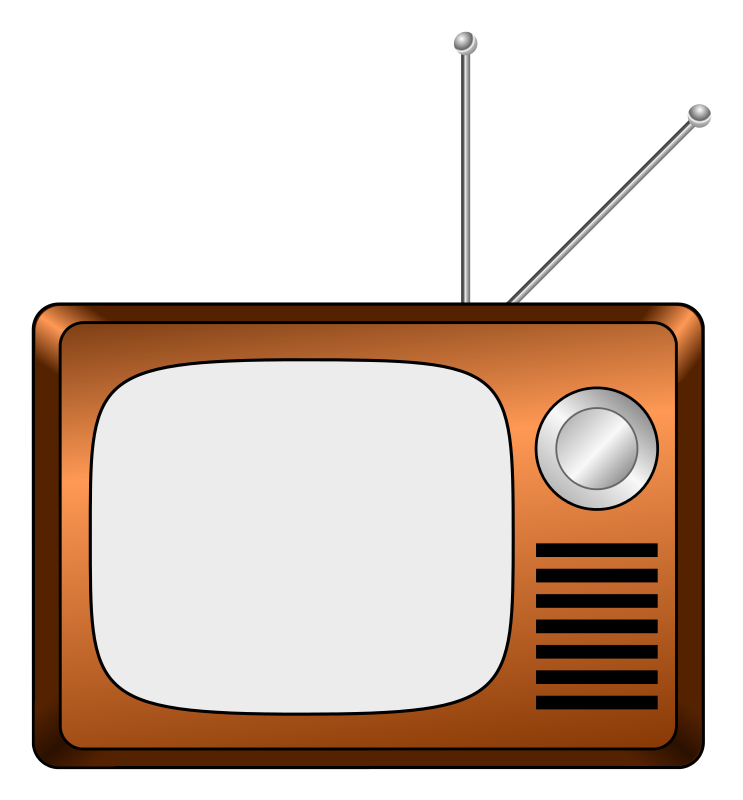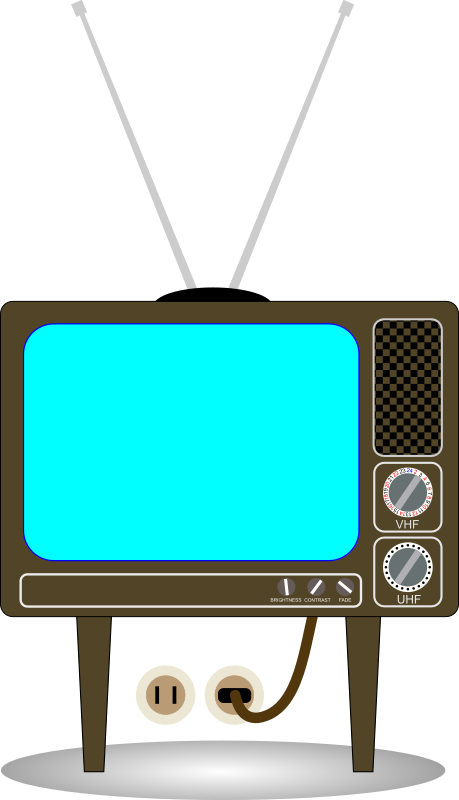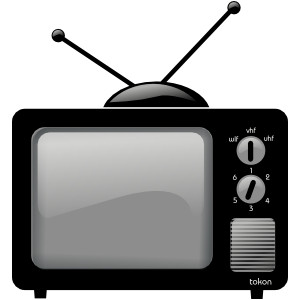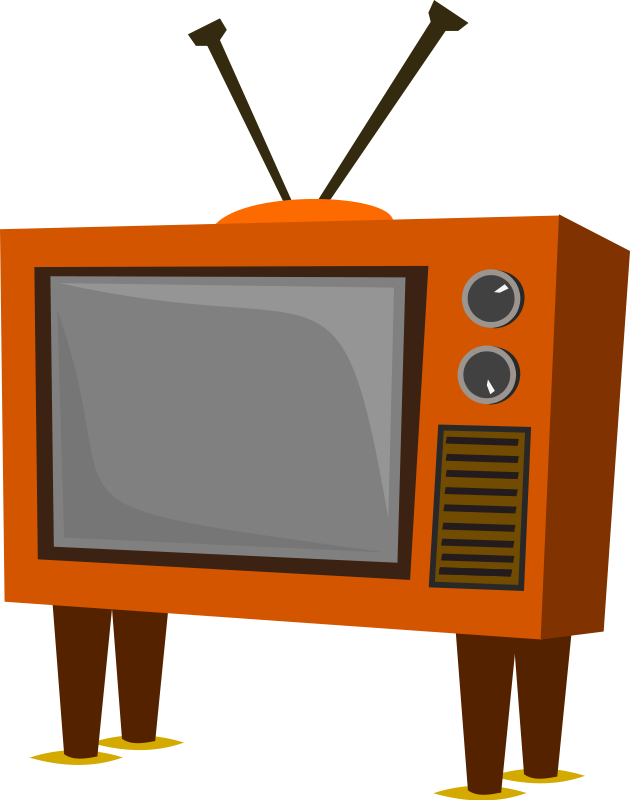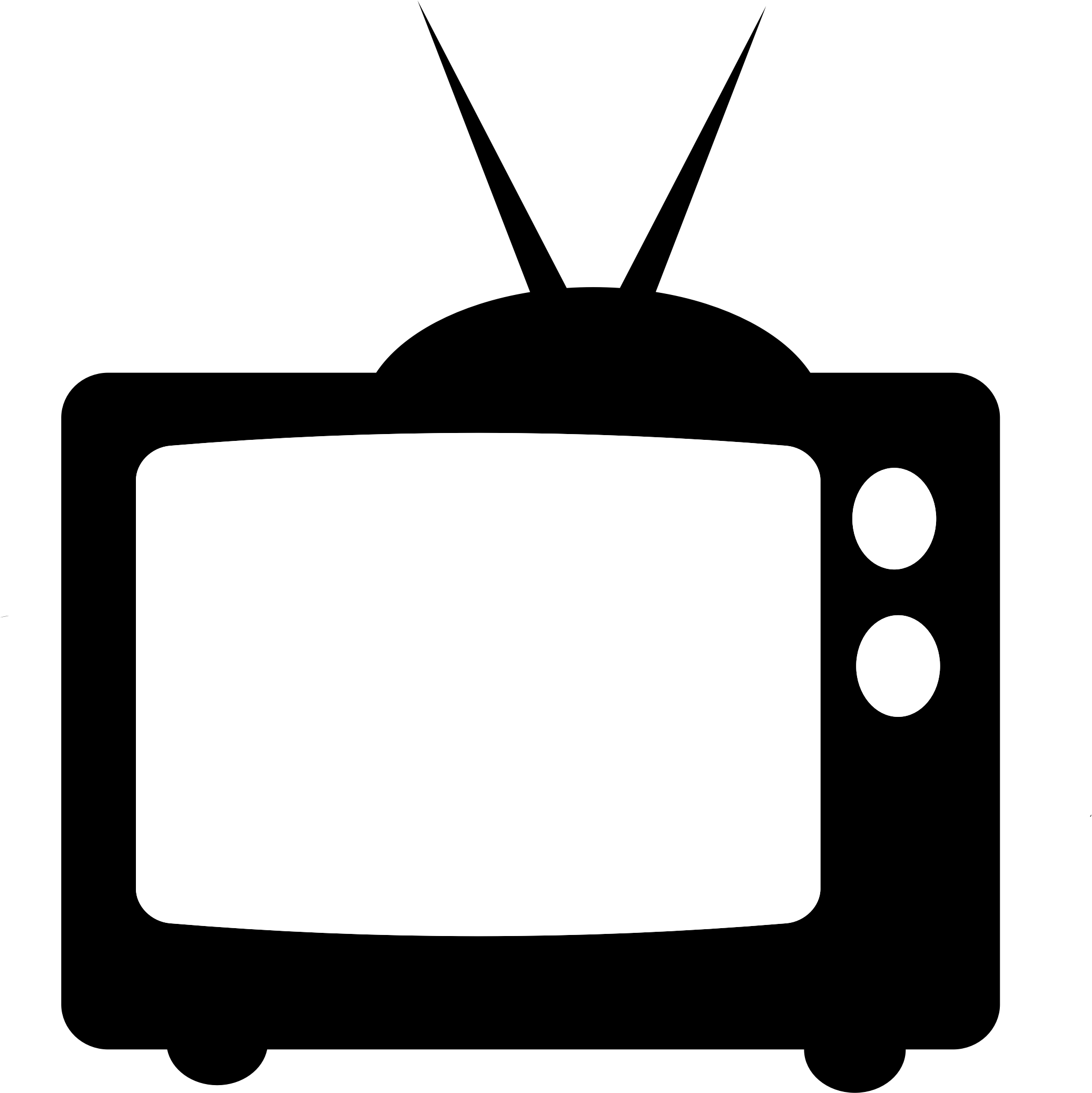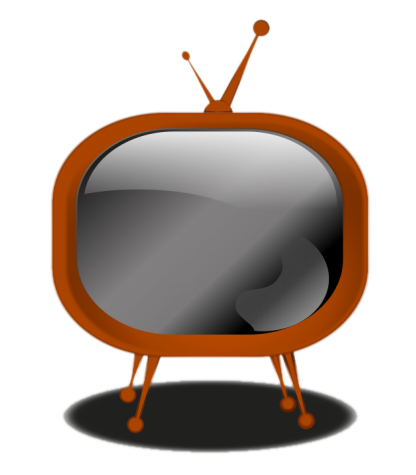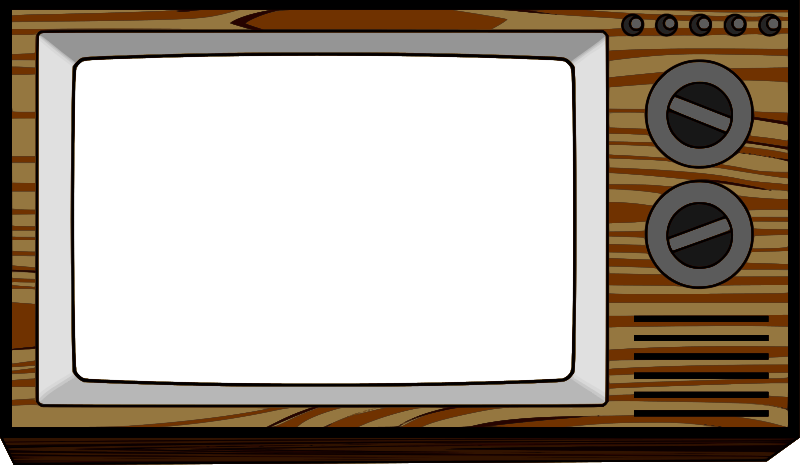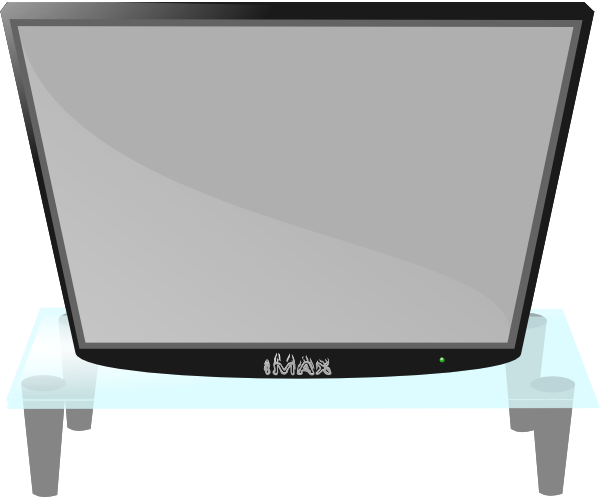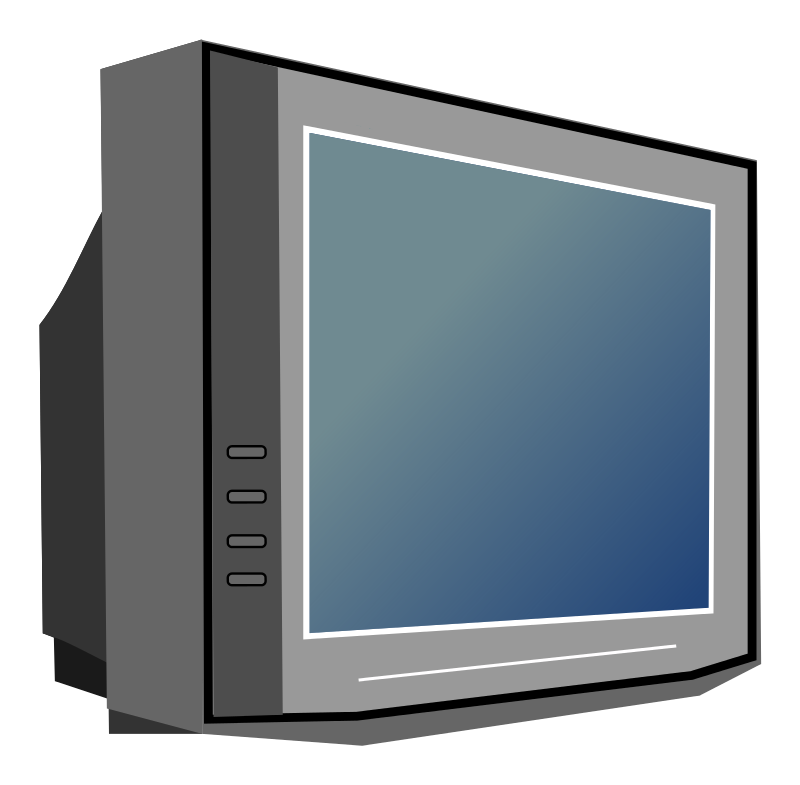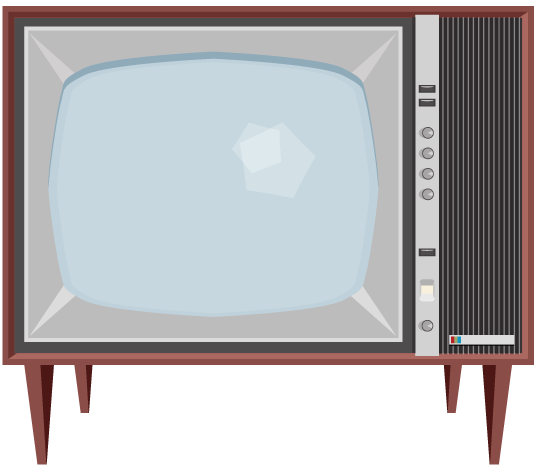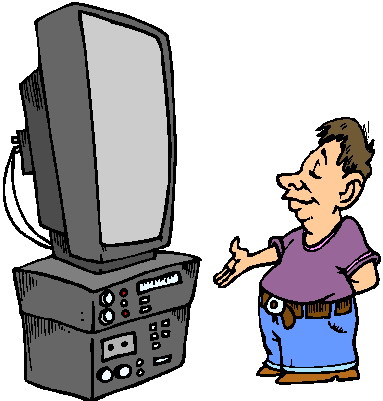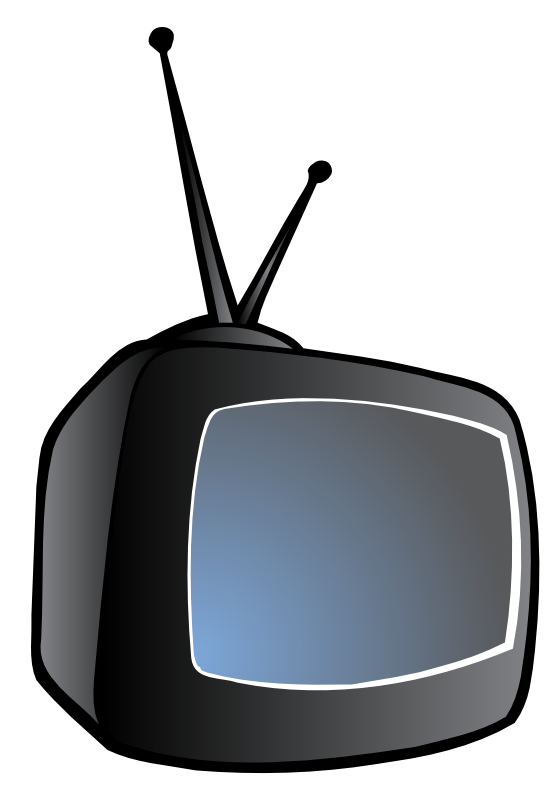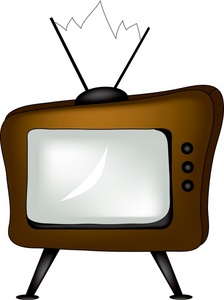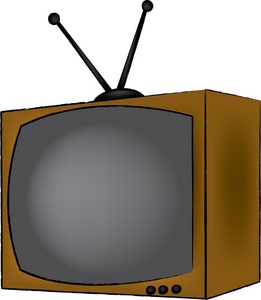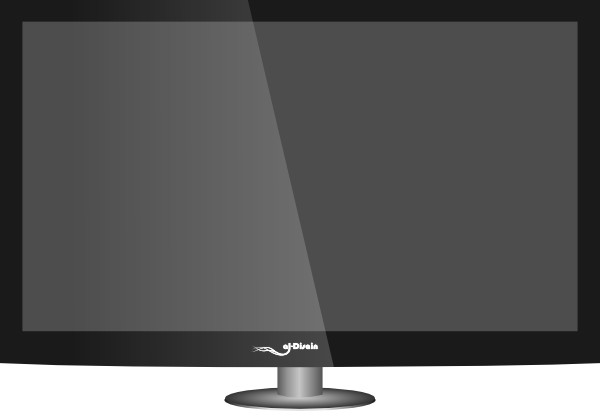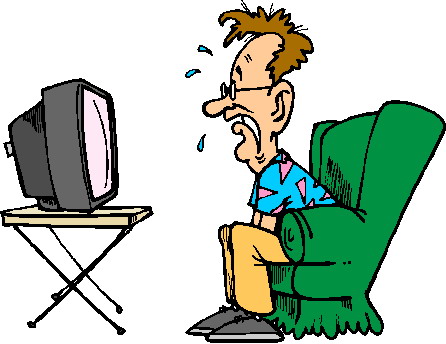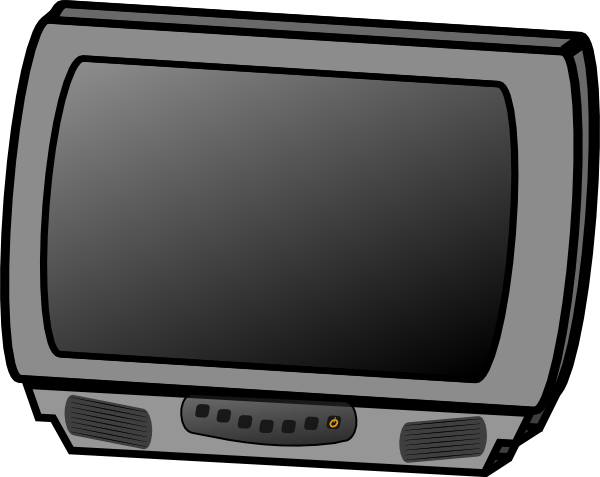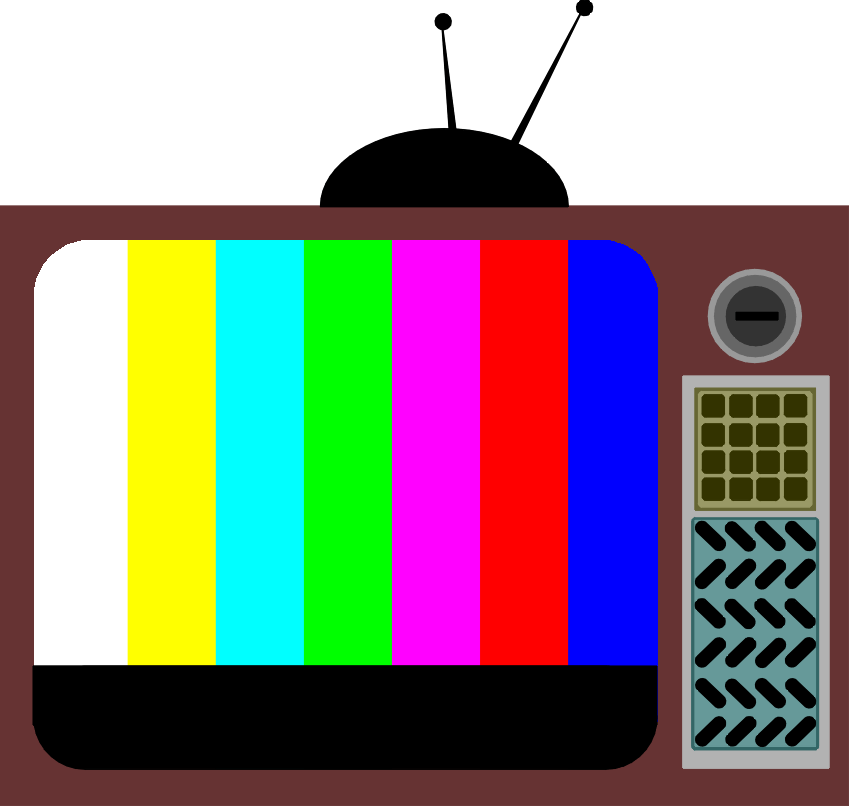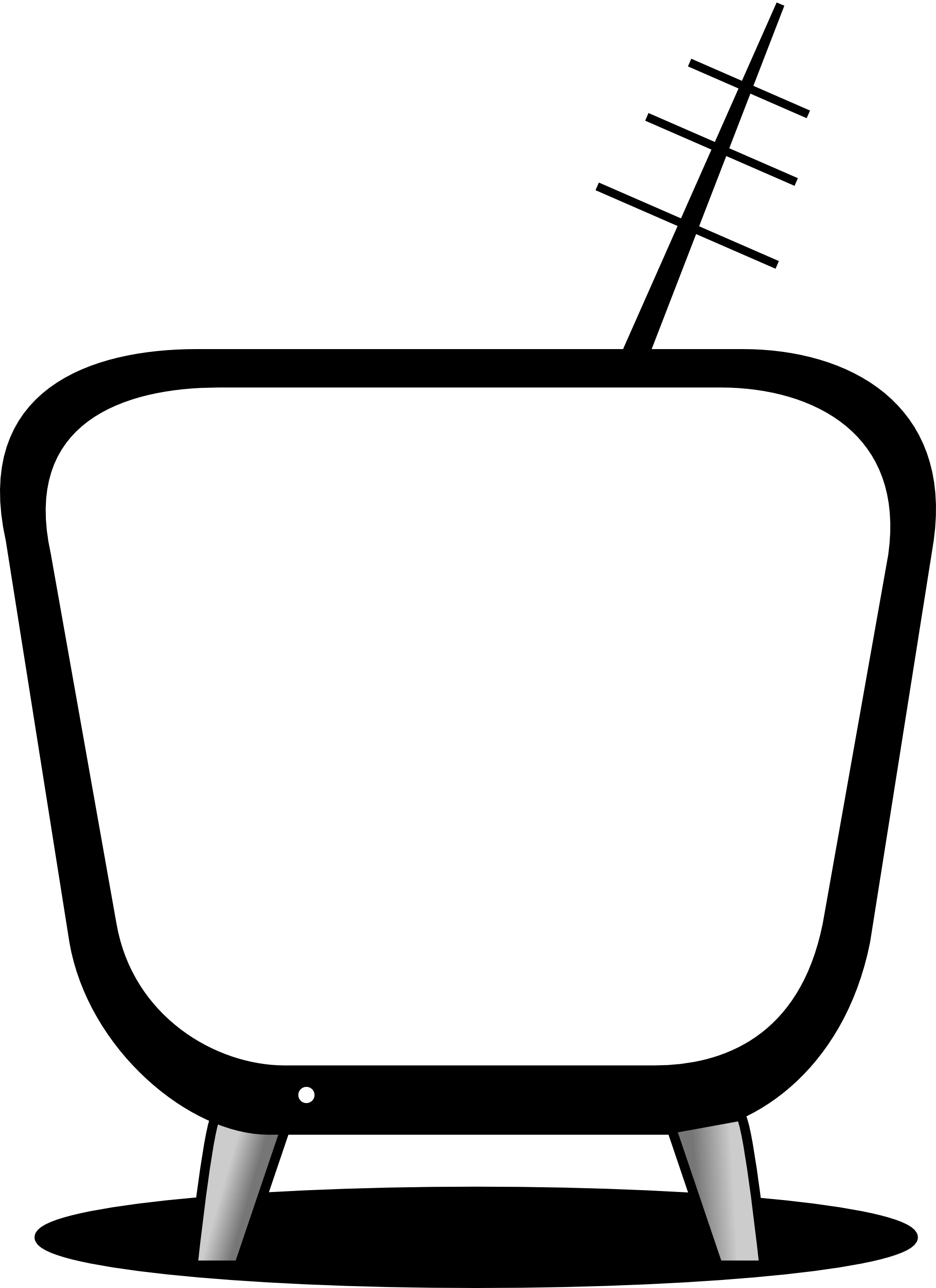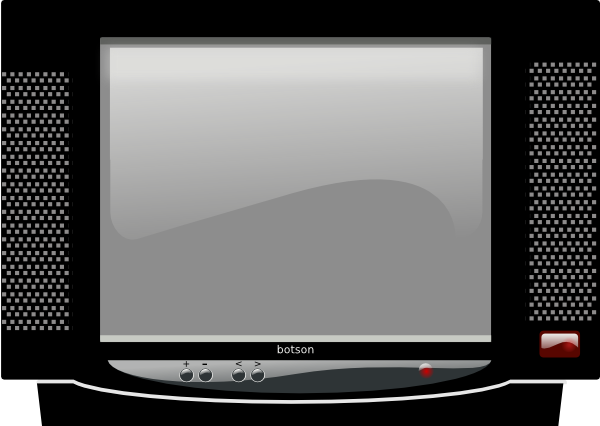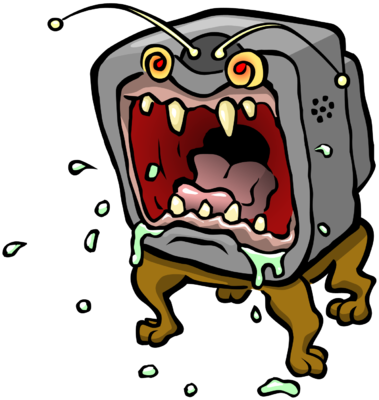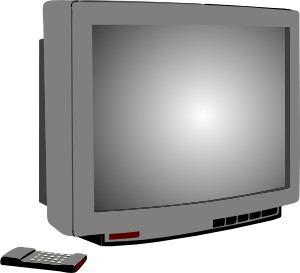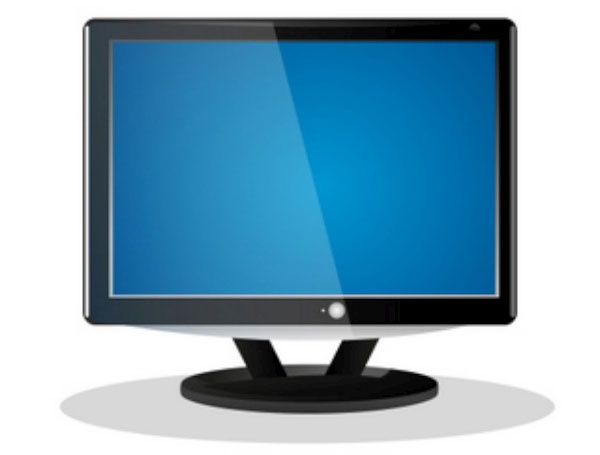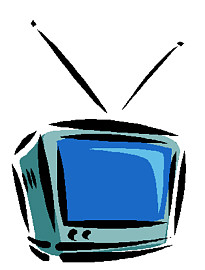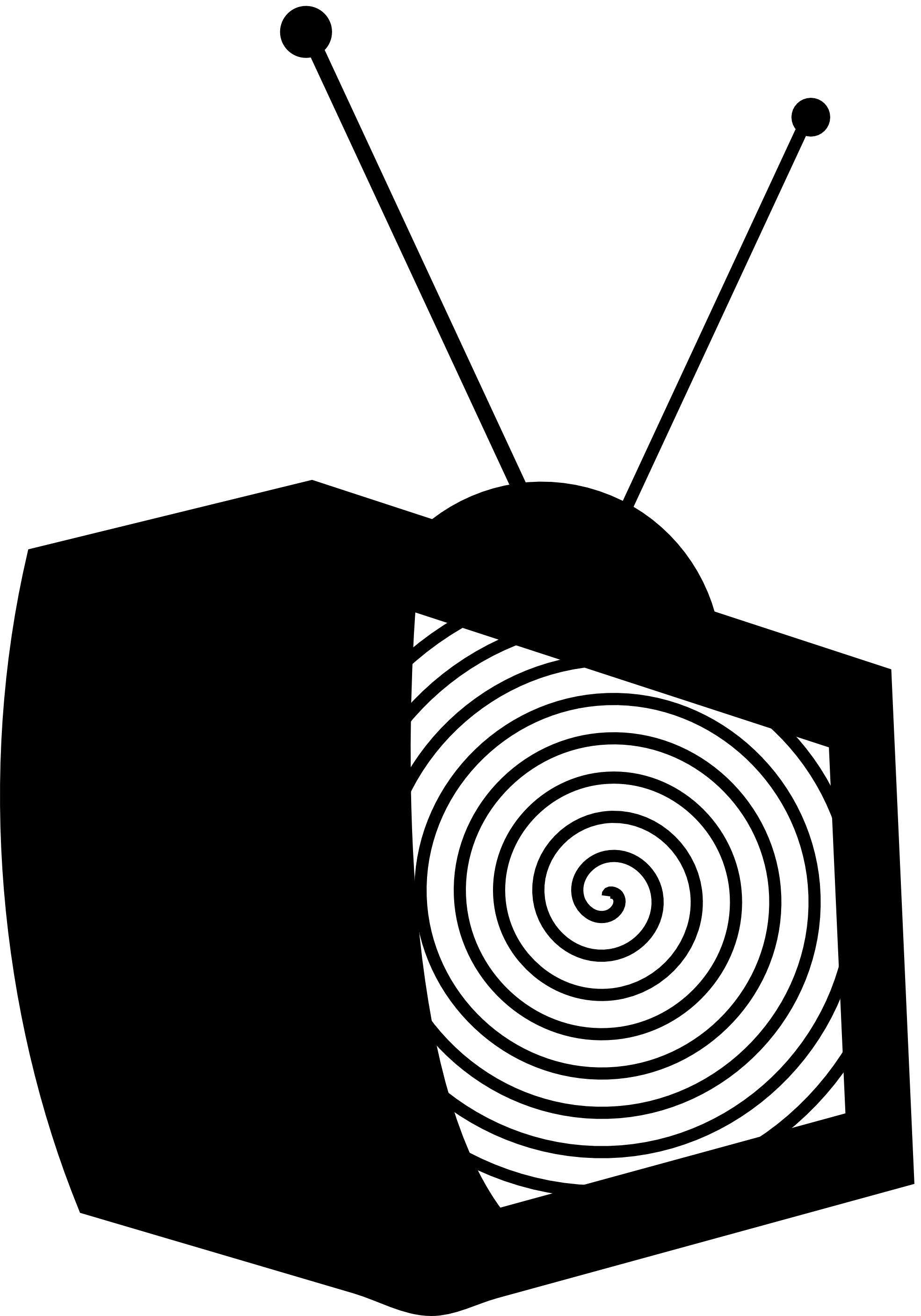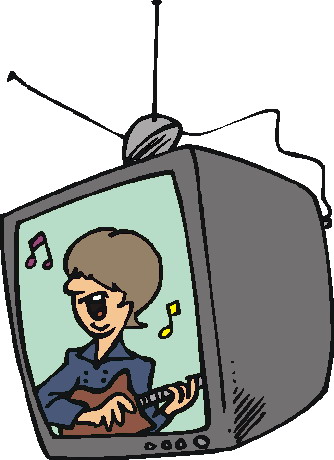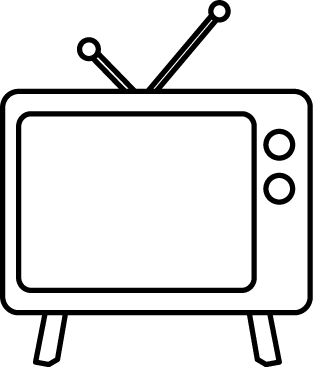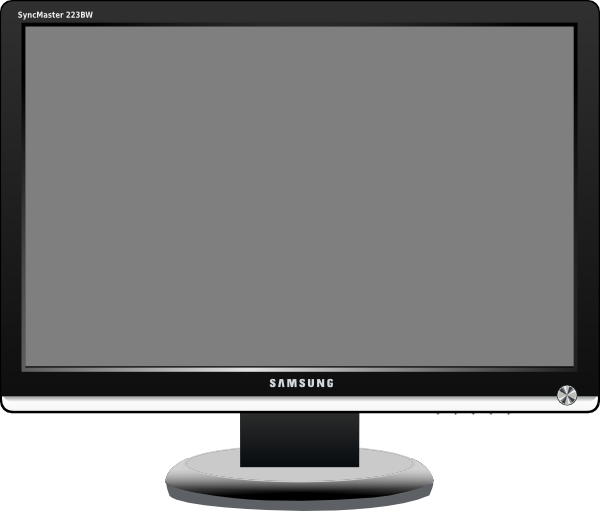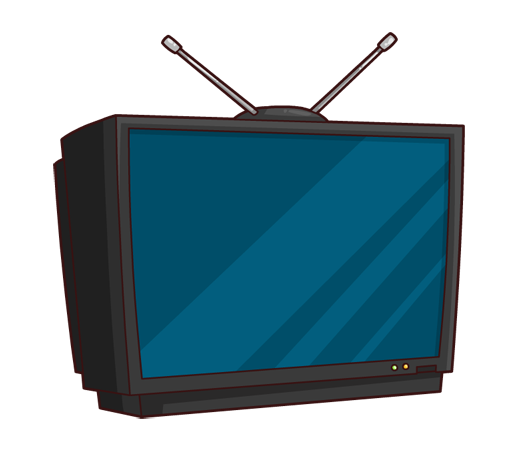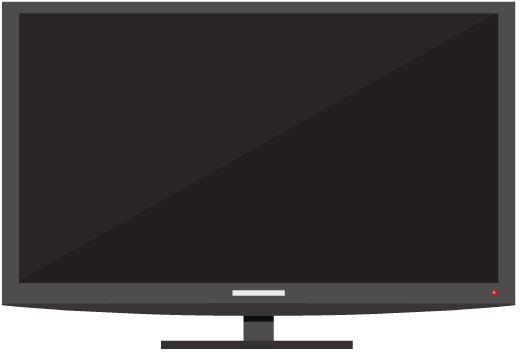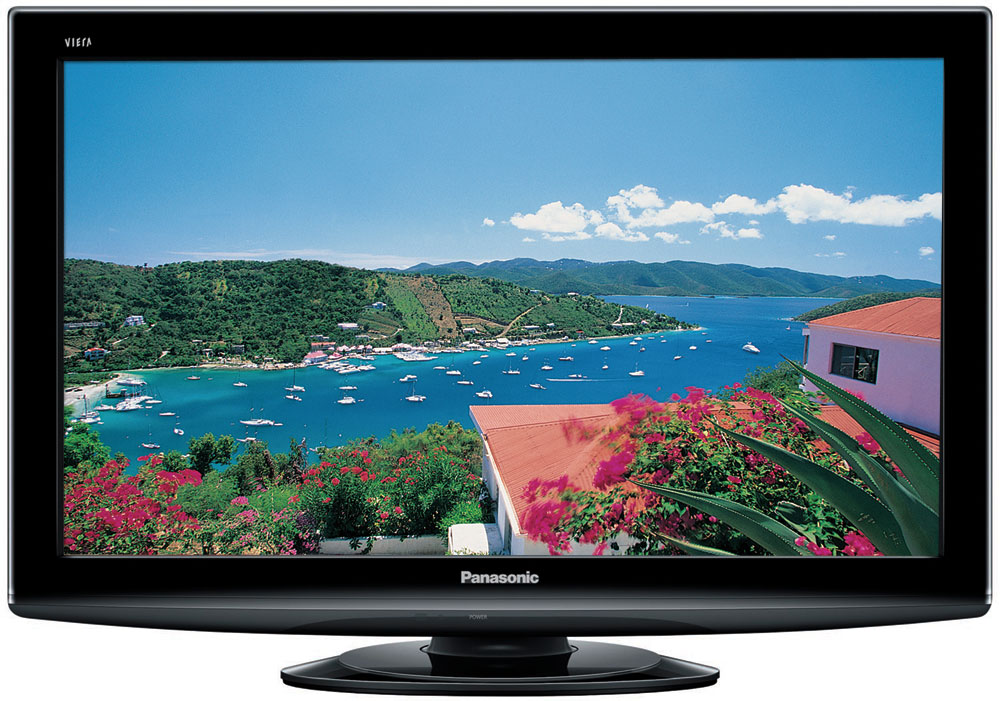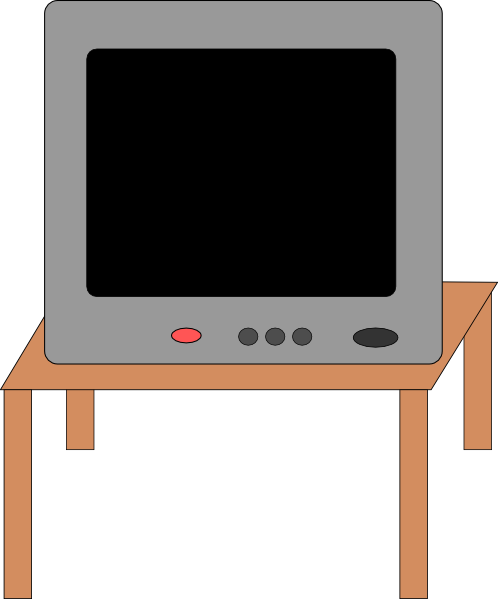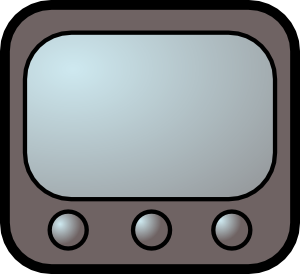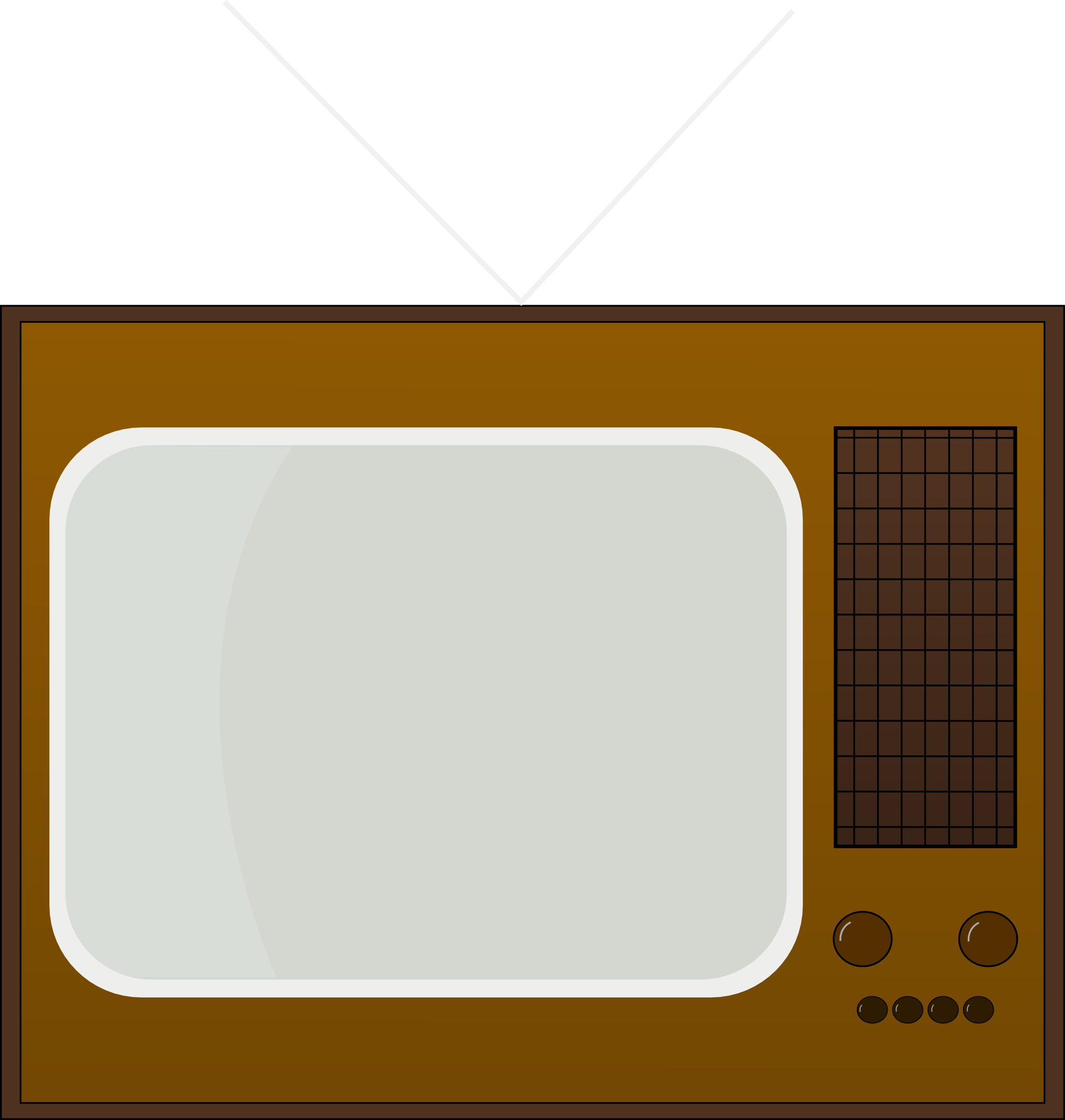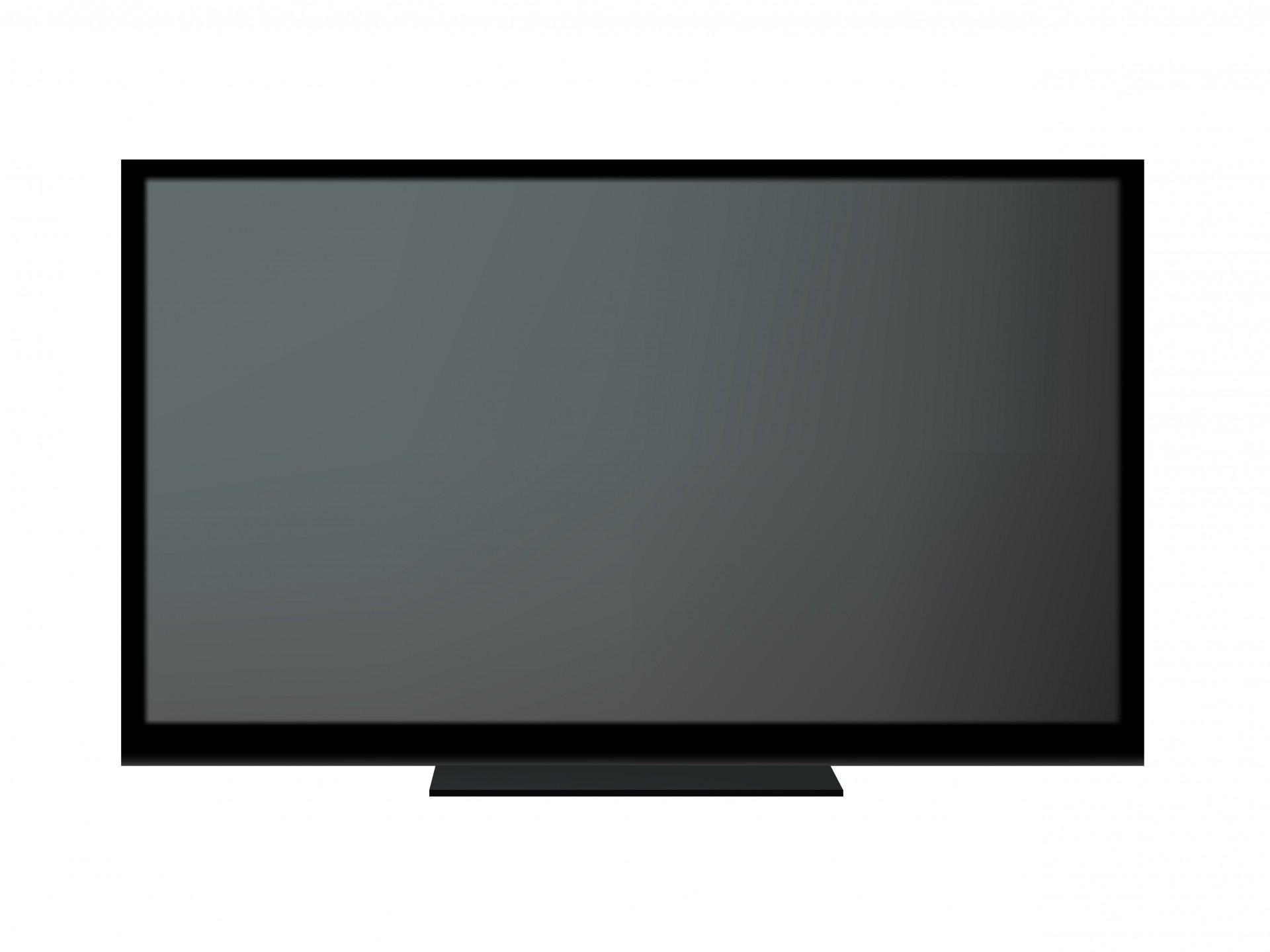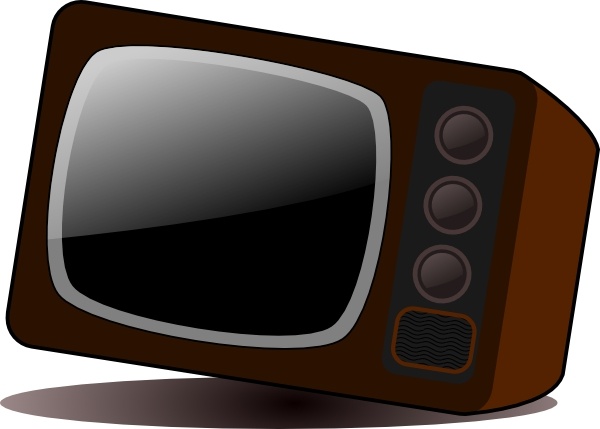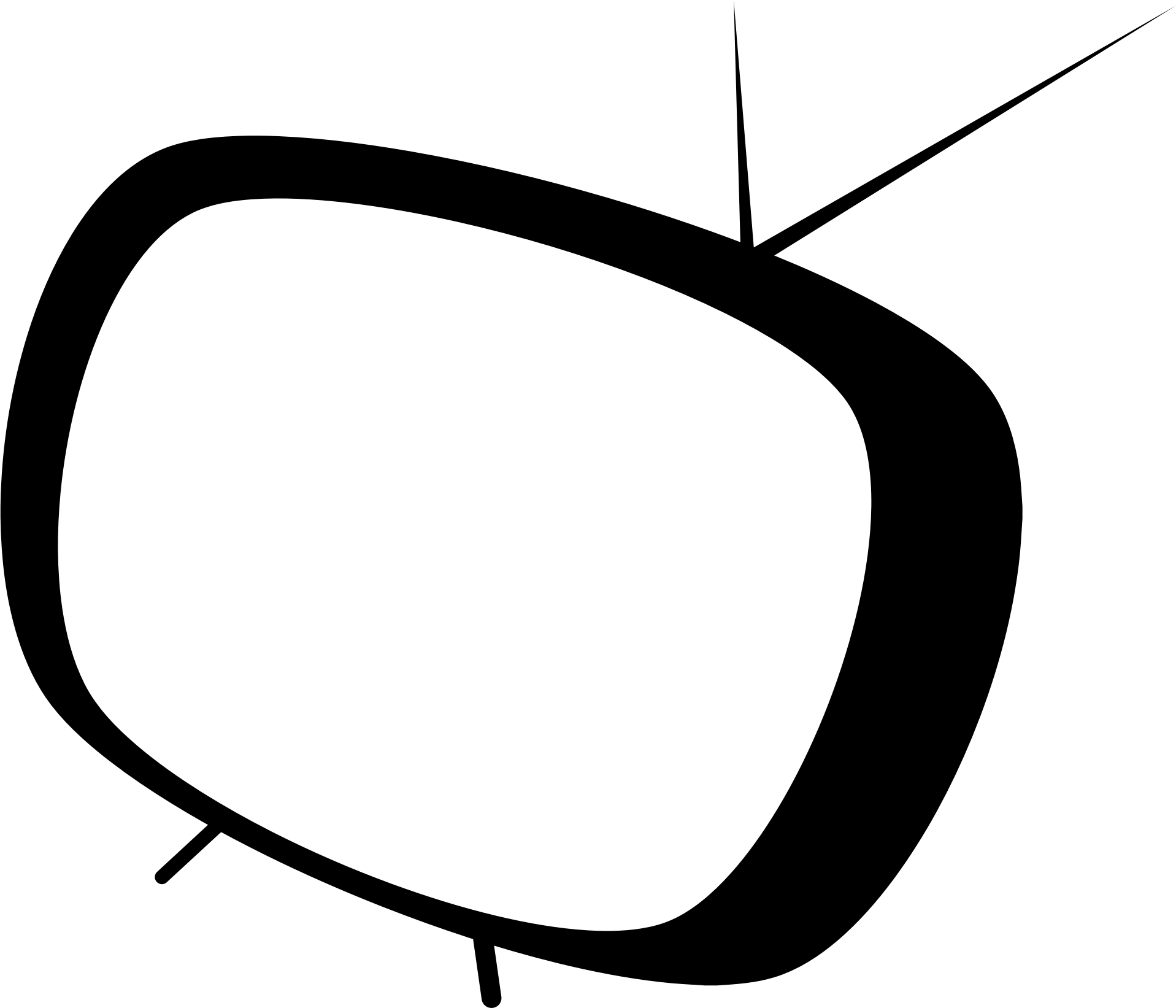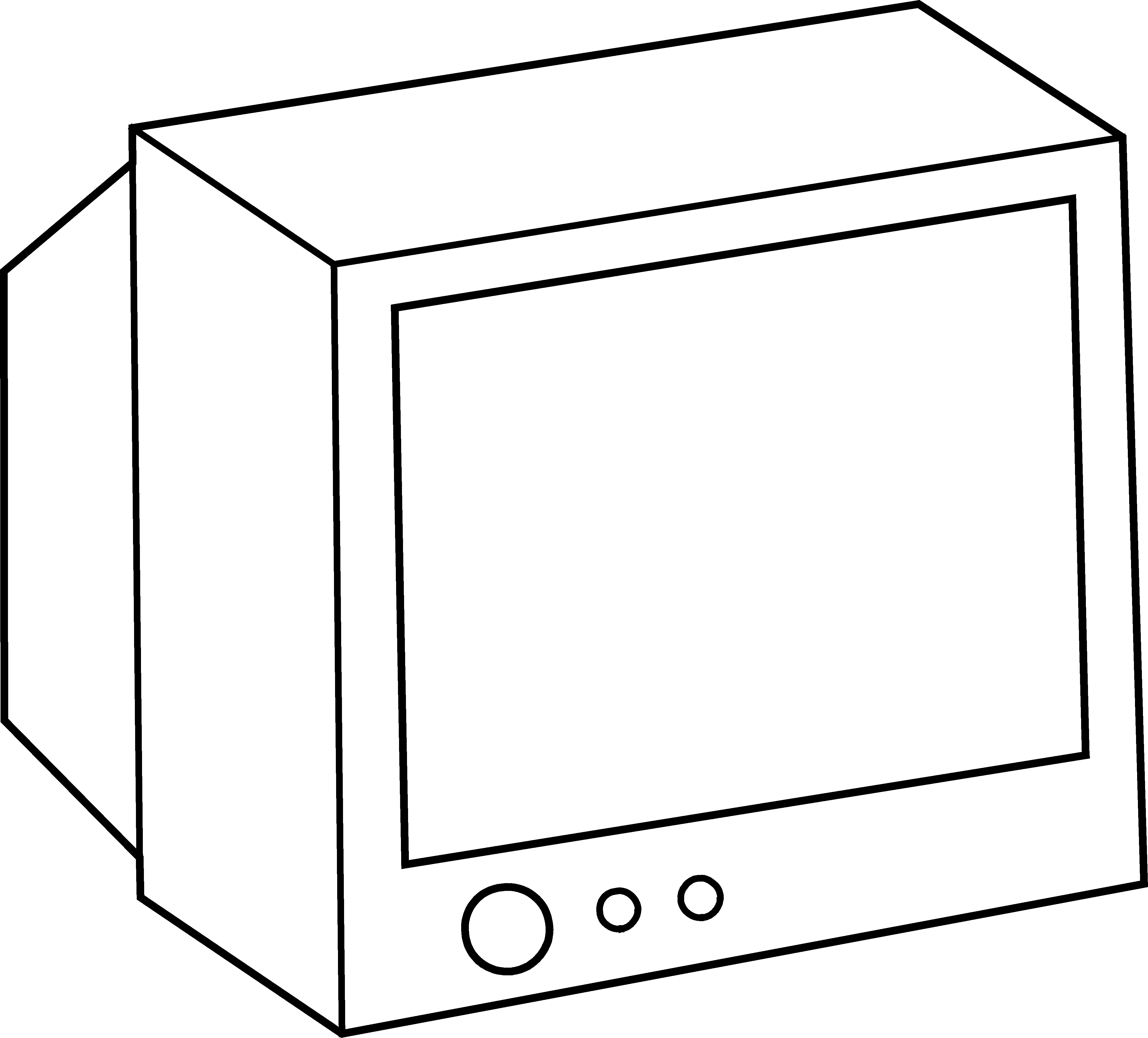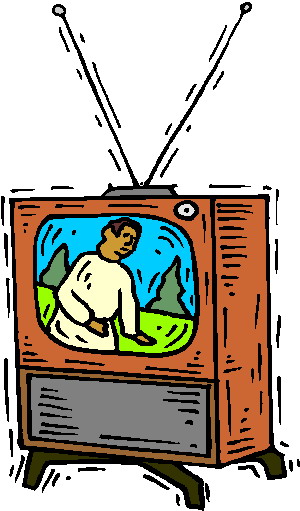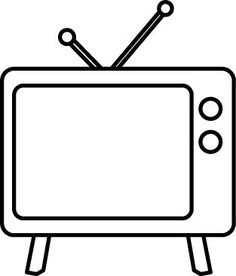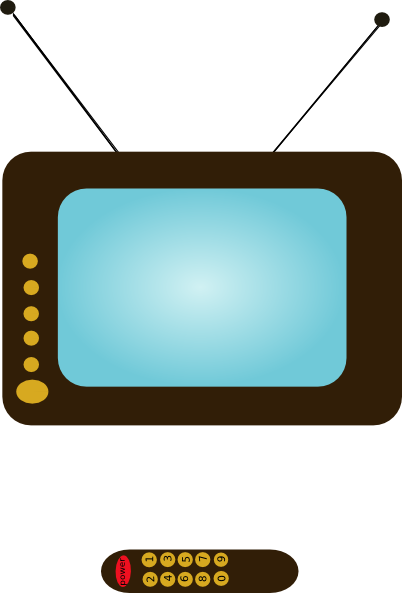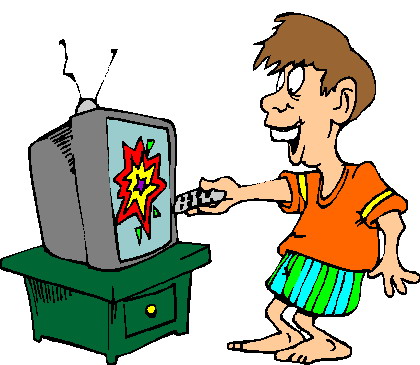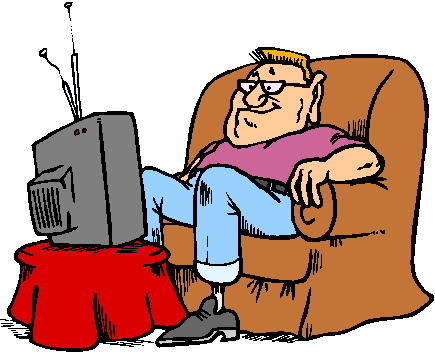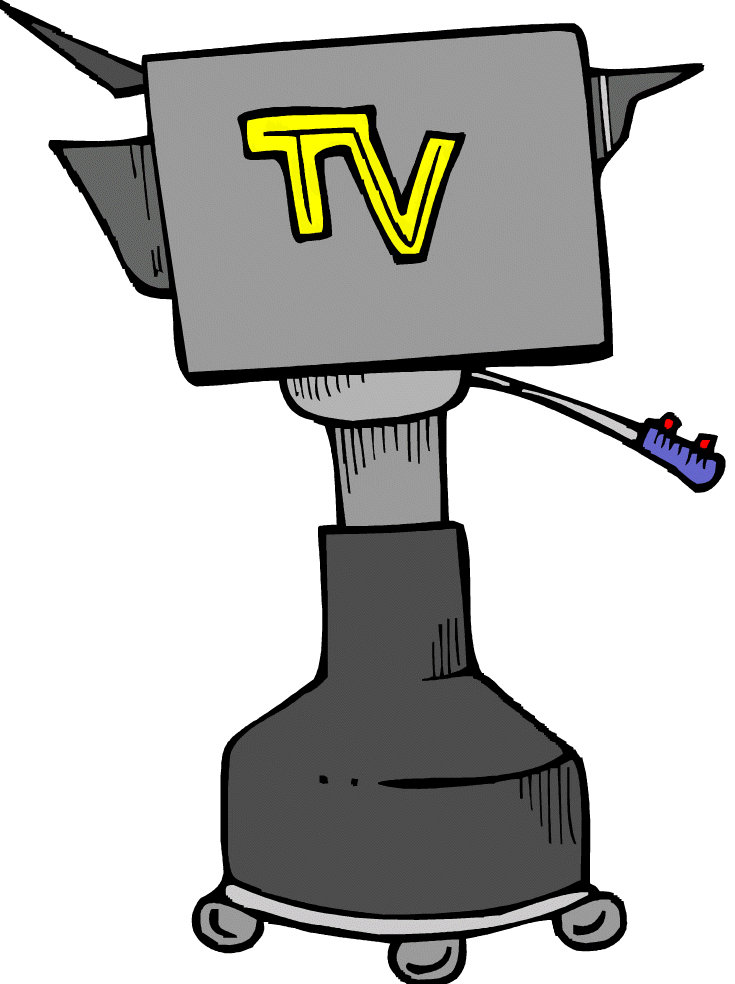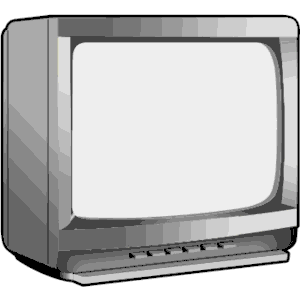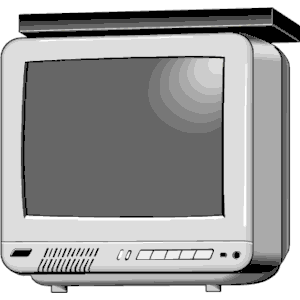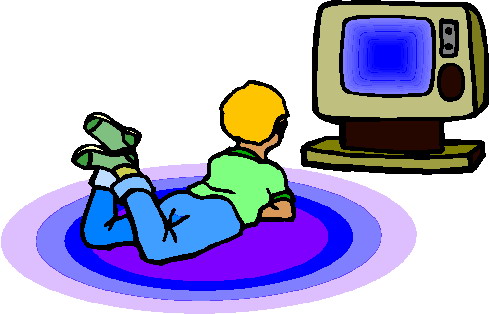Television Clip Art
Television delivers moving visual media in the form of programs, films and live events to viewers primarily for entertainment. The technology works by broadcasting encoded analog or digital signals over radio frequencies which are picked up by antennas, receivers and converted into audiovisual formats onscreen. Often called the “idiot box”, TV has profoundly shaped communication, politics and culture.
Early Days of Television
Rudimentary mechanical television technology emerged in the late 19th century. But electronic TVs with cathode ray tubes came about in the 1920s and 30s with early BBC broadcasting and limited US programming. By the 50s, household adoption boomed. Color TVs arrived mid-decade but took over a decade to become standard.
How Television Works
Analog TV converts images and sounds into modulated radio signal waves transmitted through the air or cables for receivers to decode. High definition digital TVs work similarly but use discrete binary data packets to send clearer images and surround sound. Broadcasting via over-the-air antennas or cable/fiber optic systems distribute signals regionally.
Components of a Television Set
Core electronic components behind a television include:
- Display – Early CRT tubes gave way to fixed-pixel technologies like LCD, LED and plasma displays with high resolution formats
- Speakers – Left and right channels provide immersive sound
- Circuitry – Complex integrated receiver/decoder circuits, control boards and processors
- Video connectors – Inputs/outputs to receive signals or route to devices
- Remote – Controls power, source input selection volume and settings
Television Content Production
Creating a television show involves:
- Concept development
- Writing teams drafting episodes
- Film crews shooting scenes sequentially
- Post-production audio and video editing teams
- Distribution to broadcasters and streaming platforms
This collaboration results in episodic and series content.
Evolution of Television Screens
Early 1950s TV models used large, deep cathode ray tubes that projected images via electron beams onto a curved screen with overscan. These gave way to slimmer direct view CRT tubes better aligned with broadcast camera aspect ratios. Next came fixed pixel displays like plasma, LCD with better contrast, color uniformity and energy efficiency. Modern OLED TVs offer the best color accuracy, viewing angles and inky blacks. Display resolutions have similarly grown from early low definition to today’s high definition 4K UHD and emerging 8K formats.
Interactive Television Technologies
Today’s smart TVs connect to Internet streaming directly or via external media players for on-demand, personalized programming. DVR recording allows time shifting viewing while cloud DVR features permit watching anywhere. Video chat apps enable talking face-toface through bigger screens. Motion controls via remotes, gaming systems or virtual assistants allow handsfree navigation. Automatic content recognition also customizes ads and viewing suggestions based on integrated sensors and usage algorithms.
Impact and Role of Television
As a dominant 20th century mass medium, TV delivered cultural touchstones like breaking news, elections, moon landings and Olympic events witnessed communally in realtime. Appointment viewing of new episodes or live contests drove conversations and merchandising demand. Today despite fragmentation across other media, widely viewed shows and talent remain influential cultural glue via episodic cliffhangers, spoilers and reality TV drama.
Watching Television
Global average television viewership exceeds 2.5 hours daily as per 2021 Nielsen data, down an hour over the last decade as streaming entertainment options keep emerging. However over 90% still watch a conventional broadcast/cable-delivered show weekly. Co-viewing families with big screen TVs remain common especially for marquee sports programming like Super Bowls which attract over 100 million domestic viewers. Gamified contests, interactive polling and social media hashtags deepen real-time communal experiences.
Television Clipart and Illustrations
Classic television graphics focus on retro TV set styles with rabbit ear antennas, test image color bars and period attire viewers in armchairs. Contemporary icons depict streaming apps, remote controls, videogame consoles, video chat, flat screen displays and home theater configurations representing how modern television morphs across technologies and environments while remaining a fixtures in homes.
In this page clipartix present 83 television clipart images free for designing activities. Lets download Television Clip Art that you want to use for works or personal uses.
